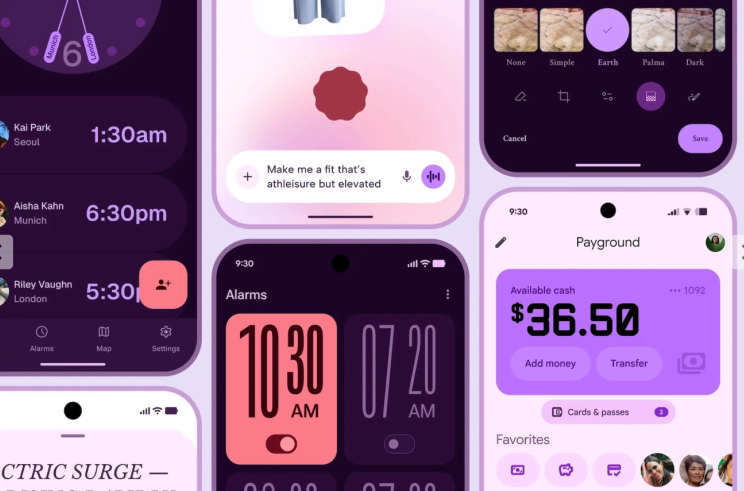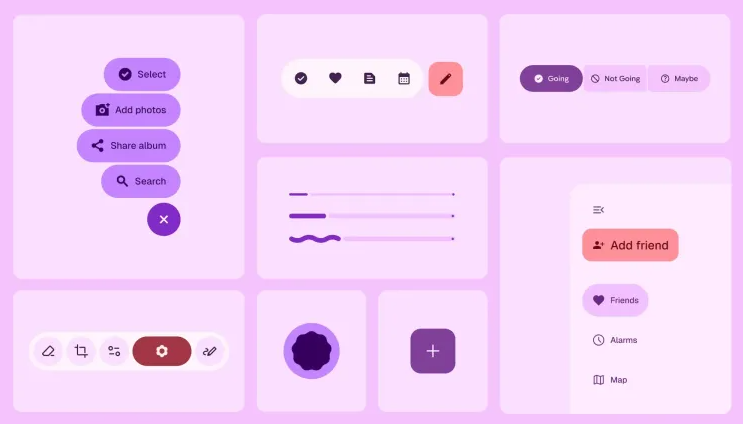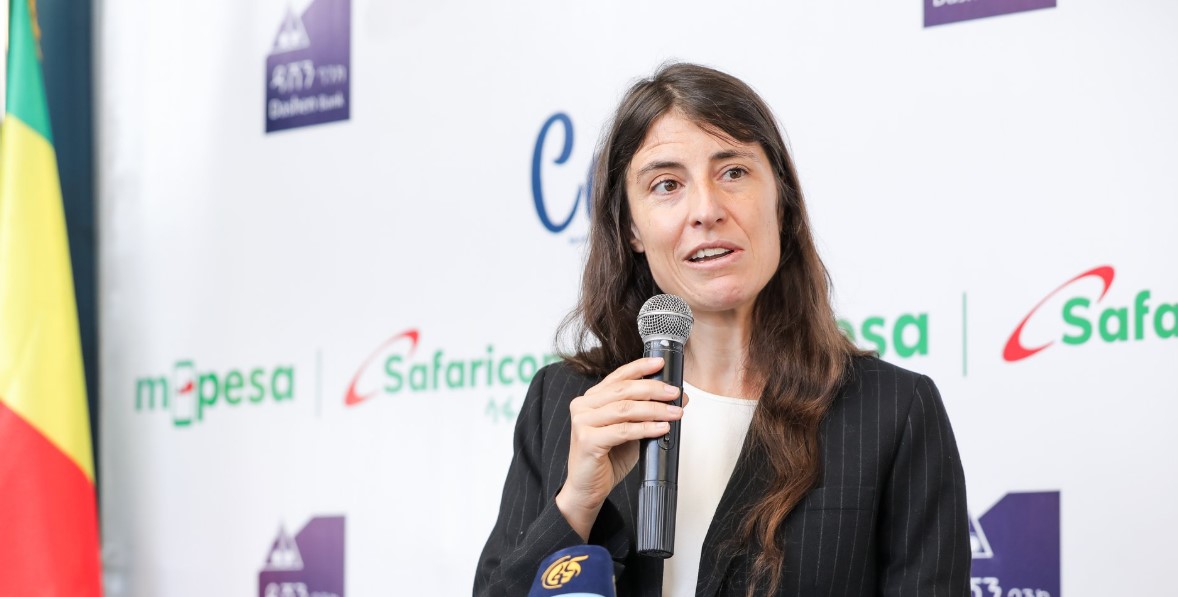Google to change Android phone’s interface in major redesign

Google is reportedly preparing to roll out a new design language that promises smoother animations, cleaner lines, and a more minimalist interface.
Android users may soon notice a fresh, modern look on their smartphones, thanks to a major visual overhaul expected in the next big software update.
According to a recent leak that surfaced on multiple tech forums, Google is reportedly preparing to roll out a new design language that promises smoother animations, cleaner lines, and a more minimalist interface.
More To Read
- Why smartphones before age 12 raise risks of depression, obesity and poor sleep
- Google launches Workspace Studio, enabling anyone to build Gemini-powered AI agents
- Apple officially retires first-generation iPhone SE, marking end of an era
- Apple names new AI chief amid pressure to catch up
- Google tests dual-band hotspot for Android phones
- Google tightens free access to Gemini 3 Pro amid surging demand
That redesign now has a name, Material 3 Expressive, and it was accidentally revealed by Google itself.
In a blog post that was quickly taken down but captured by 9to5Google, the company described the new interface as its “most researched” update yet. The post, which remains accessible via the Wayback Machine, outlines a design overhaul informed by 46 rounds of testing involving more than 18,000 participants.
Material 3 Expressive is not just about looks, it is about function.
Google says the new design uses colour, shape, size, and motion to enhance usability. The result is a more intuitive and accessible experience that helps users navigate their devices faster and more efficiently.
 That redesign now has a name, Material 3 Expressive, and it was accidentally revealed by Google itself. (9to5Google)
That redesign now has a name, Material 3 Expressive, and it was accidentally revealed by Google itself. (9to5Google)
In testing, people were able to find key interface elements up to four times faster than with the current Material 3 design. Interestingly, the redesign appears to bridge age-related usability gaps as well, with older users performing just as quickly as younger ones.
In its research, Google paid close attention to details such as where users focused their attention on the screen, how they responded emotionally to various layouts, and how quickly they understood what to do.
The company even evaluated specific interface elements, for instance, which style of progress indicator made waiting feel shorter, and how large a button could be before it began to overshadow other features on the screen.
While the original blog post has yet to be republished, the leaked details suggest that Material 3 Expressive is part of a broader visual refresh coming to Android.
Over the past few days, reports from 9to5Google and other sources have pointed to additional changes across the interface, including redesigned status bar icons, a new clock font, a reimagined quick settings menu, and visual tweaks to the Google Clock app.
Google is expected to officially unveil Material 3 Expressive during a dedicated session at its annual I/O developer conference later this month.
“This could be a defining moment for Android,” said Francis Mwaura, a phone analyst at Tech Digital in Nairobi.
“It’s not just about making things look good, it’s about making smartphones easier and faster for everyone to use.”
Top Stories Today












































